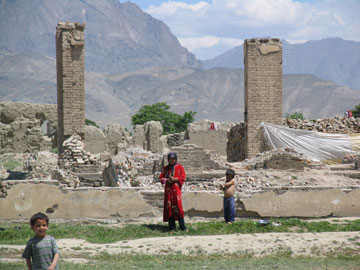
Responding to Human Rights Violations
A history of unanswered attrocities in Afghanistan
Reading time: (Number of words: )
by: Kamran Mir Hazar
editorial assistance Marc Seltzer
Afghanistan became a participant in the International Criminal Court (ICC) in 2003. Based in The Hague, Netherlands, the ICC can investigate and prosecute human rights violations without regard to the rank or office of the perpetrators. The ICC is essential for the protection of human rights in Afghanistan because there is still no domestic Afghan judicial process to investigate and prosecute human rights abuses.
This article will primarily focus on alleged human rights violations prior to 2003, but it should be noted that civilians continue to be at risk as a consequence of war between Taliban and Coalition forces. By way of example, more than 1000 civilians have been killed between 2003 and 2007 in Kandahar, Uruzgaan and Helmand Provinces. In addition, Mullah Omar allegedly decreed in 2006 that Kochis (nomads) should forcibly occupy Hazarajat and expel the local Hazaras population. (Kabul Press? Website, January 21, 2006). Additional research and investigation is necessary to determine the circumstances of civilian casualties and potential human rights violations.
However, the ICC can only prosecute cases that occurred after May 1, 2003. Thus, the many alleged human rights violations prior to 2003 will only be prosecuted if and when a judicial authority with human rights jurisdiction is established by the Afghan government. The following brief list contains a substantial record of pre-ICC authority, alleged human rights abuses in need of investigation.
• November/December 2002 — Hundreds of civilian men and women allegedly killed in the Afshar district of Kabul. Some survivors shared their experiences with journalists, and the international media has reported on discrimination and violence against women in all aspects of society.
• 2001 — 1,500 people allegedly killed and 2000 families allegedly displaced in Bamyan in February, the area containing the massive ancient Buddha statues destroyed by Taliban in 2001. The same year it was reported that between 34 and 50 people were allegedly killed in Khaja Ghar district, Takhar province in January. (Roy Gutman. Human Rights during Masoud and Taliban, Chapter 6, 2006).
• January 2000 — Report of 50 people allegedly killed in a mosque in Gosfandi and allegedly 176 killed and 30,000 displaced from homes in Yakawland. 31 were allegedly executed in May, and 300 were allegedly displaced from homes in Taliqan in September. (Gutman, Chapter 6).
• May 1999 – In Bamyan, 120 were allegedly killed and 20,000 allegedly displaced and in Shamaali 140,000 were allegedly displaced in August. (Gutman, Chapter 6).
• September 1998 — 70 people were allegedly killed and 23,000 houses were allegedly destroyed in Khaja Ghar. (Gutman, Chapter 6).
• August 1998 — Bloodshed in Mazar e Sharif allegedly including the killing of 2000 and displacement of 40,000 in Daraye Kayan. (Gutman, Chapter 6).
• May 1997 — An estimated 2000 Talibs were allegedly killed in Mazar e Sharif and Dasht e Laili. In September of that year it was reported that 53 Hazaras were allegedly killed at Mazar e Sharif Airport. In December it was reported that 600 civilians were allegedly killed in Qaisar. (Gutman, Chapter 6).
• 1978 — Reported that 12,000 people were allegedly killed by the ministries of the interior during the governments of Hafizullah Amin and Noor Mohammad Taraki.
• 1978-1992 — Purge of writers and intellectuals in Afghan society allegedly led to imprisonment of many. During the presidencies of Taraki, Amin, Karmal and Najeebulla, UNHCR has estimated that 5,000,000 left Afghanistan. (Meer Ghulam Mohammad Ghobar. Afghanistan in the Course of History, v. 2, page 235).
• In 1961 discrimination against ethnic minorities continued in the form of prohibitions in higher education, military and government security sector employment.
• 1950 to 1960 – Alleged continuation of forced relocation of Afghans and placement of Kochis (nomads) on Hazars’ land in Hazarajaat. (Ghobar, 235).
• 1948-1949 — Hundreds of people were allegedly killed in an attack on a Jirga in Paktia. (Ghobar, 235).
• 1933 and 1934 — The inhabitants of Nangarhar, Uruzgaan and Midan provinces were allegedly forced to relocate. Two hundred eighty families forced to leave Uruzgaan province and 400-500 individuals reportedly emigrated to Pakistan and Iran. On September 16, 1933, a critic of the government was allegedly executed without a fair trial. (Ghobar, 61). Also in 1933 the alleged killing of 500 prisoners was reported. (Ghobar, 137-8). On December 18, 1933, an alleged massacre of sixteen men was reported to have taken place in the Dehmazang Maslakh (slaughterhouse) of Kabul. Family members were also allegedly punished. (Ghobar, 171).
• 1930-1931 — Ten people from Shamaail were allegedly killed during July/August of 1930 (Ghobar, pp. 77, 78, citing “Eslah” July 25, 1930). Alleged use of artillery on civilians was reported. (Ghobar, p. 40). Between December 1930 and July 1931 hundreds of men from Jaji wa Mangal and Paktia ethnic groups were allegedly killed over land ownership. (Ghobar 77, 79).
• The January/February 1930 publication “Eslah” reported that Governor Mohammad Gul Khan allegedly ordered the execution of fifteen persons, punishment in chains of 617, and sentencing of 3,600 to hard labor. (Governmental Gazzette “Eslah,” v. 57, January-February, 1930). Reports also cite thorough and systematic violence against women and prohibition against the education under Khan’s rule including the recall and arrest of girls attending university abroad, prohibition of more than 78,000 boys and girls from attending school (only 4,591 remaining enrolled) (“Eslah,” v. 57, February/March 1930), and theft of property (gold and silver coins and weapons) from people of the Parwan and Kapisa areas was also reportedly significant at the hands of the soldiers under command of Governor Mohammad Gul Khan. (Governmental Gazzette “Eslah,” v. 57, January-February, 1930).
• 1929 — Execution of 51 people from Shamaali (Northern districts of Kabul and parts of Parwan) in Kabul. February March. (Ghobar, Afghanistan in the Course of History, pp. 77-8, citing “Eslah” February/March 1929). Twelve people allegedly executed without trial. Autumn. (Ghobar, p. 61).
Victims, or those with complaints or evidence regarding human rights violations in Afghanistan, are encouraged to provide materials to Kabul Press, which will maintain confidentiality in accordance with current law. Evidence can also be sent to the ICC.
Related Articles

Poet and Information Systems Specialist
Kabul Press? Chief Editor and Publisher
Hazara from Hazaristan

Poems for the Hazara
The Anthology of 125 Internationally Recognized Poets From 68 Countries Dedicated to the Hazara
Order Now
Human Rights, Native People, Stateless Nations, Literature, Book Review, History, Philosophy, Paradigm, and Well-being
Subscribe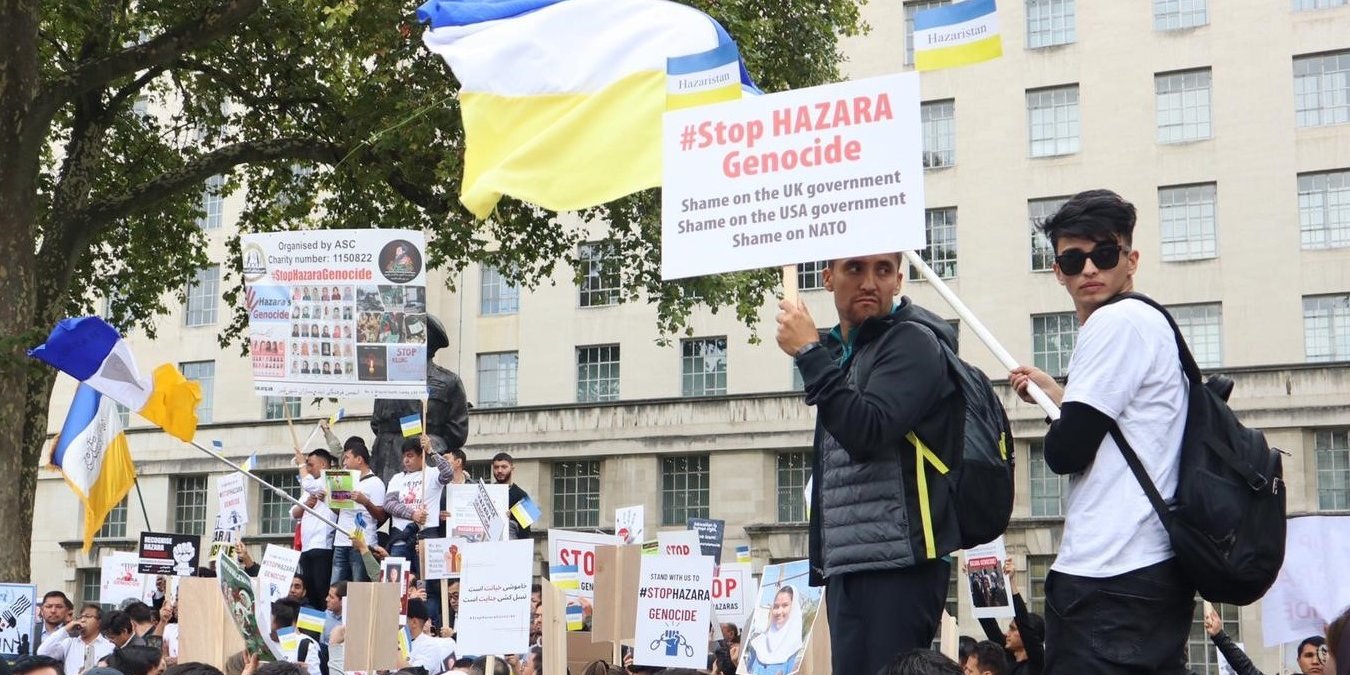
From Awareness to Action: Addressing the Roots of the Hazara Genocide
Saturday 2 March 2024 ,
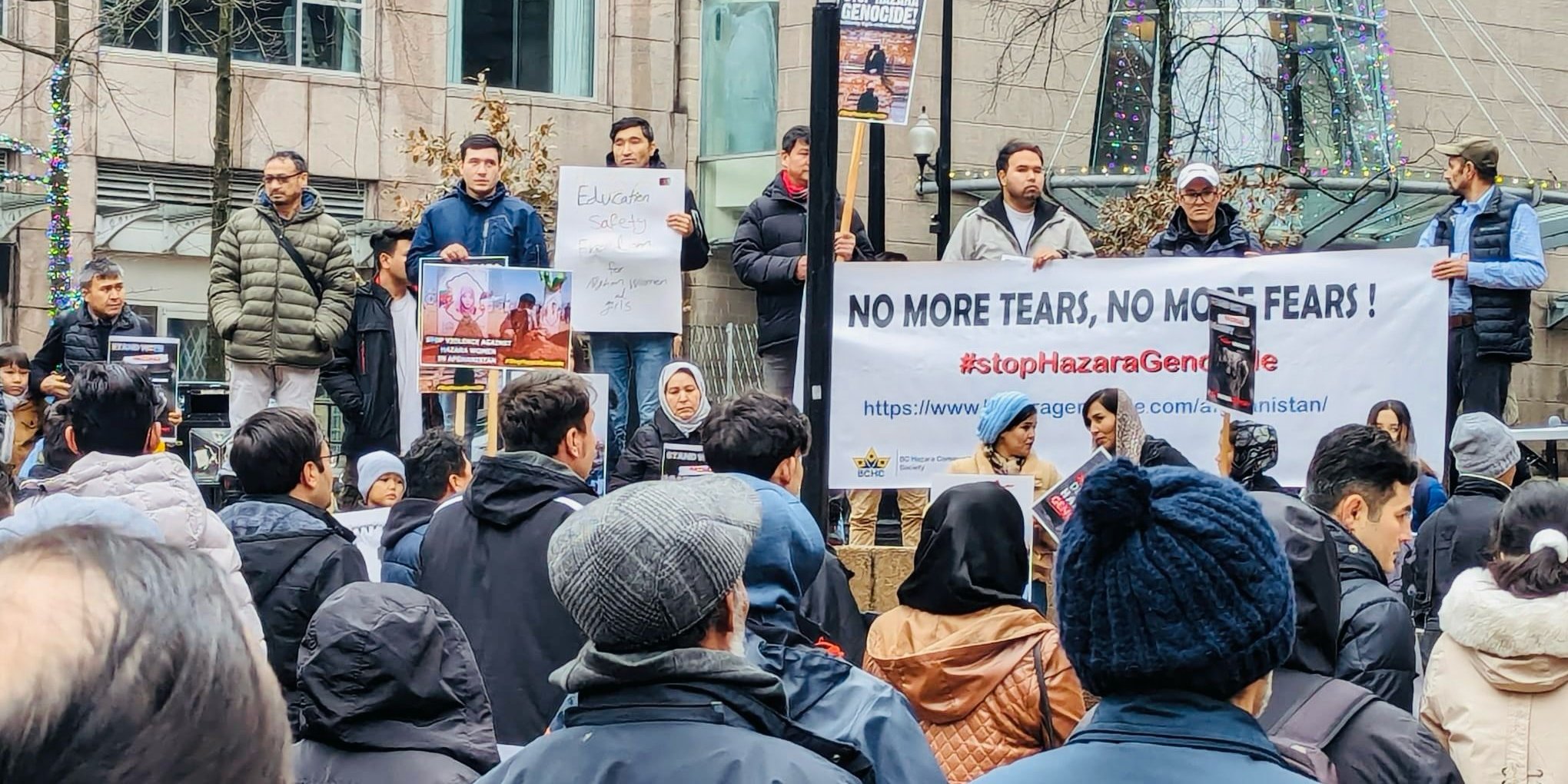
Taliban’s Systematic Abduction of Non-Pashtun Girls: Urgent Calls for International Action
Thursday 25 January 2024 ,
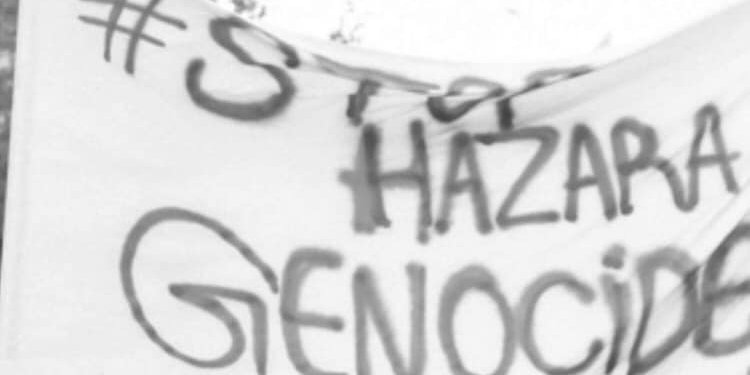
Hazara Genocide Continues: Brutal Attack on Hazara Community in Pol-e-Khomri, Baghlan
Saturday 14 October 2023 ,
Latest
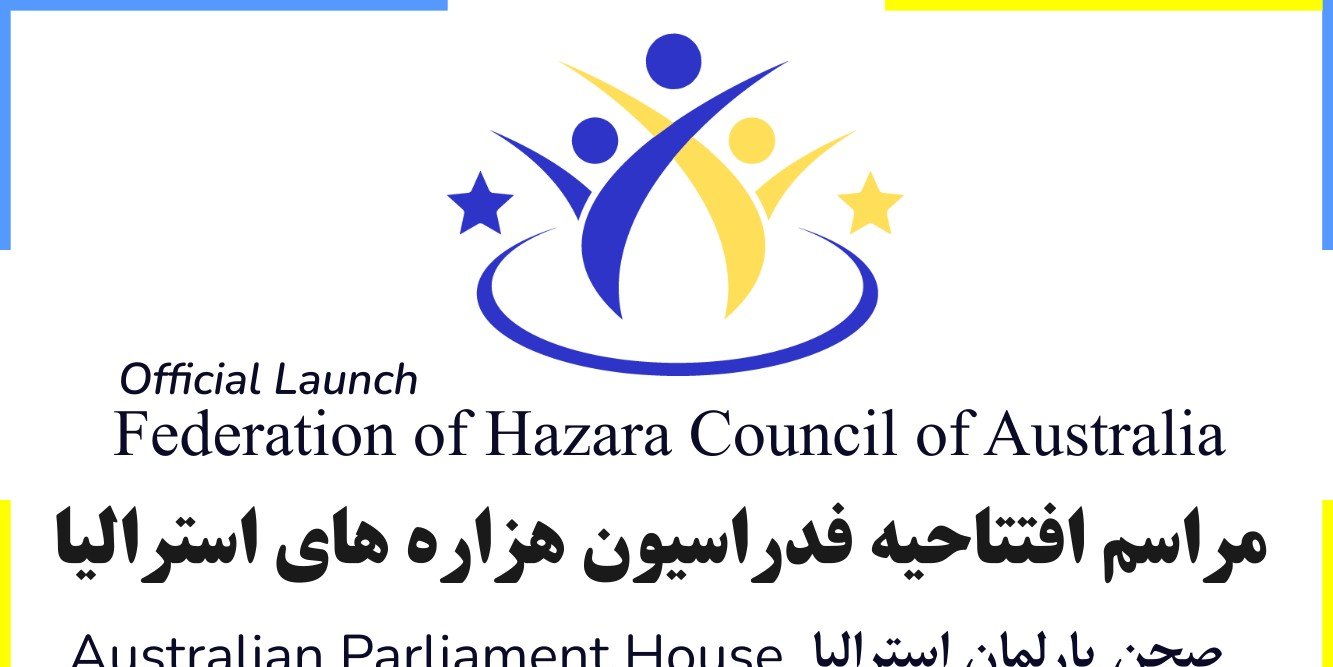
The Federation of Hazara Council of Australia (FHCA) is to launch at Parliament House
Thursday 22 February 2024 ,

Hazara Stateless Nation Embarks on Digital Sovereignty Journey with Launch of Digital Hazaristan
Thursday 22 February 2024 ,
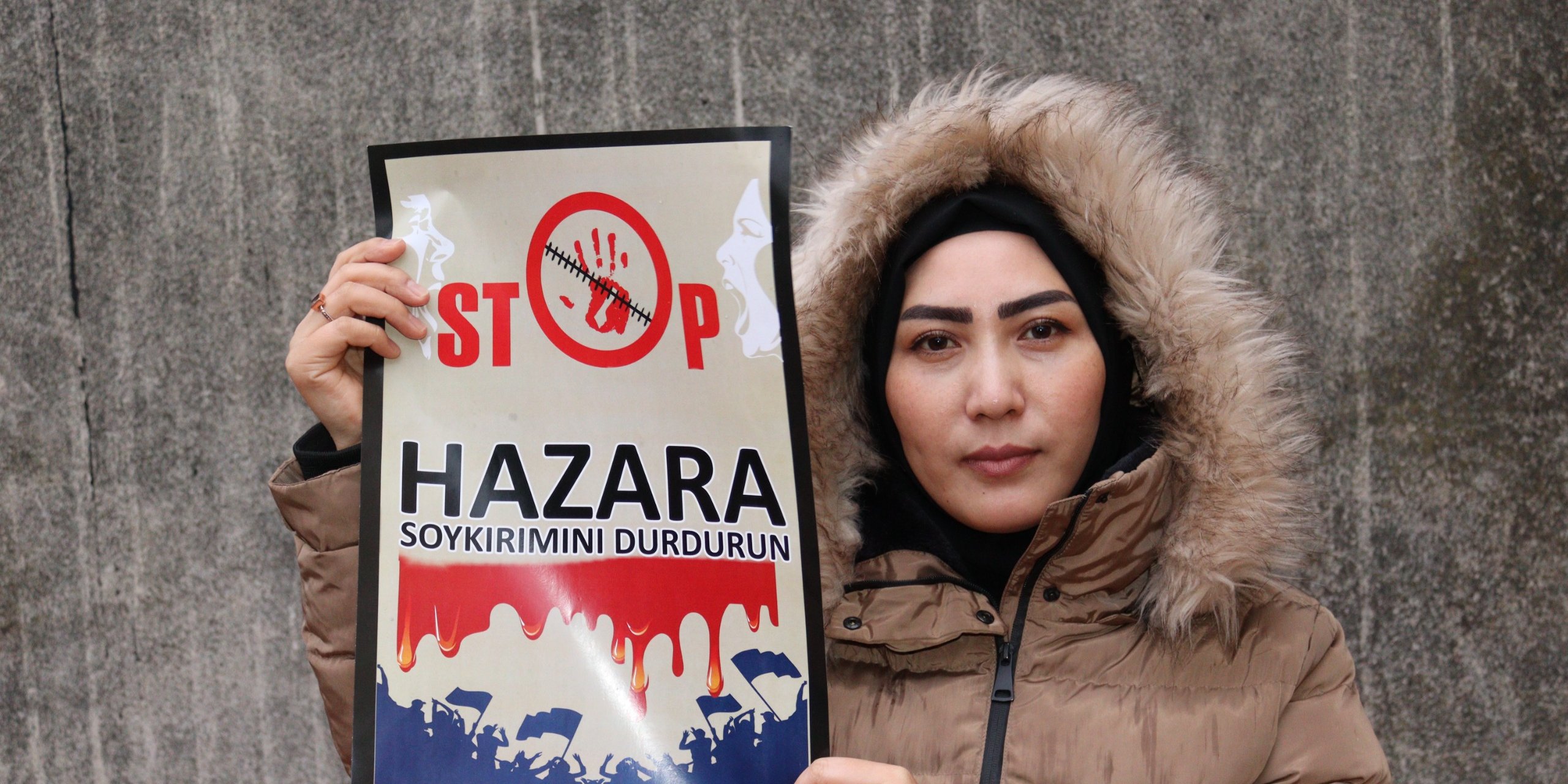
Trabzon Rally Denounces Hazara Genocide and Taliban Abductions: Global Appeal for Action
Thursday 25 January 2024 ,
Protest
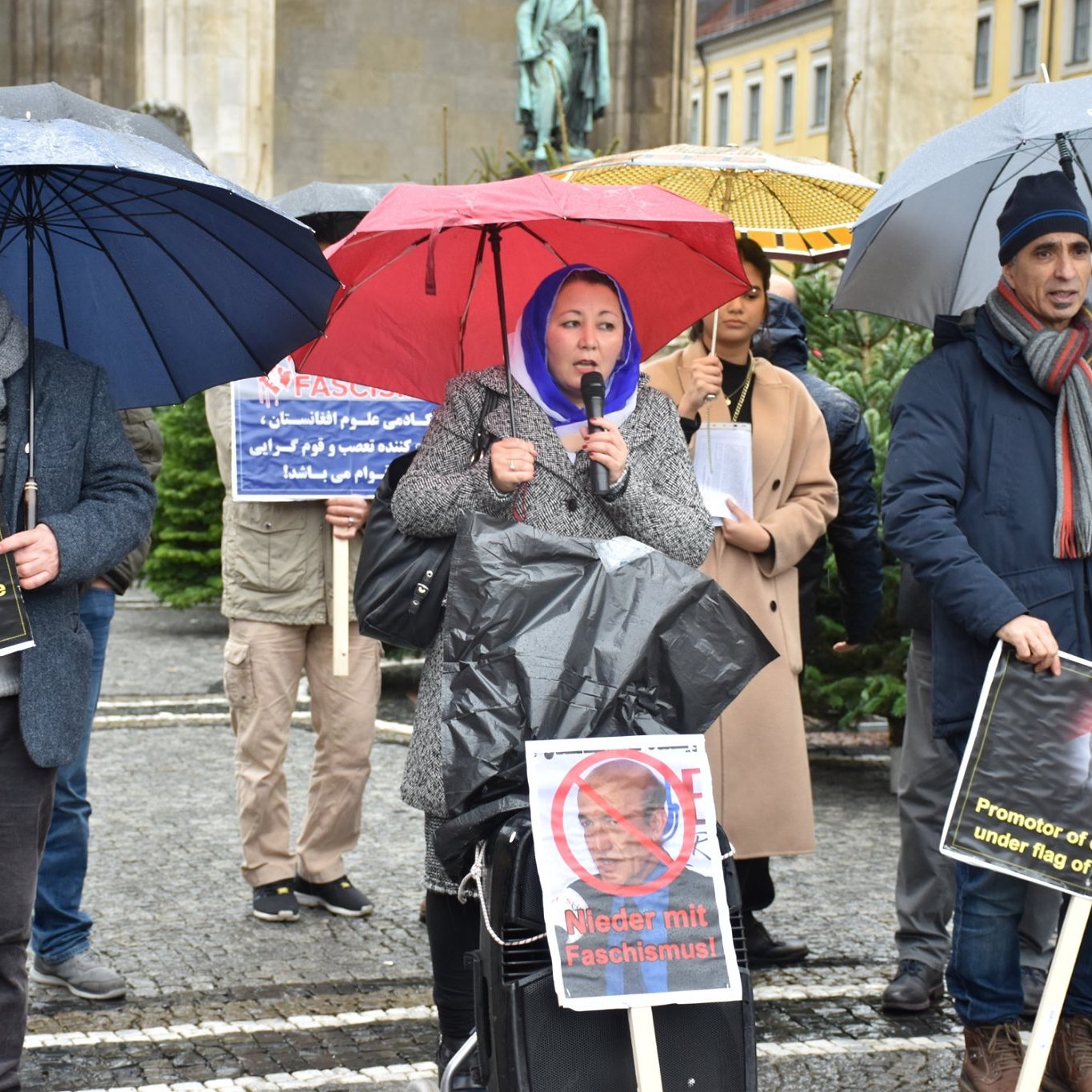
Munich: Protest Against Afghan Nazism and Fascism
Sunday 22 December 2019 ,
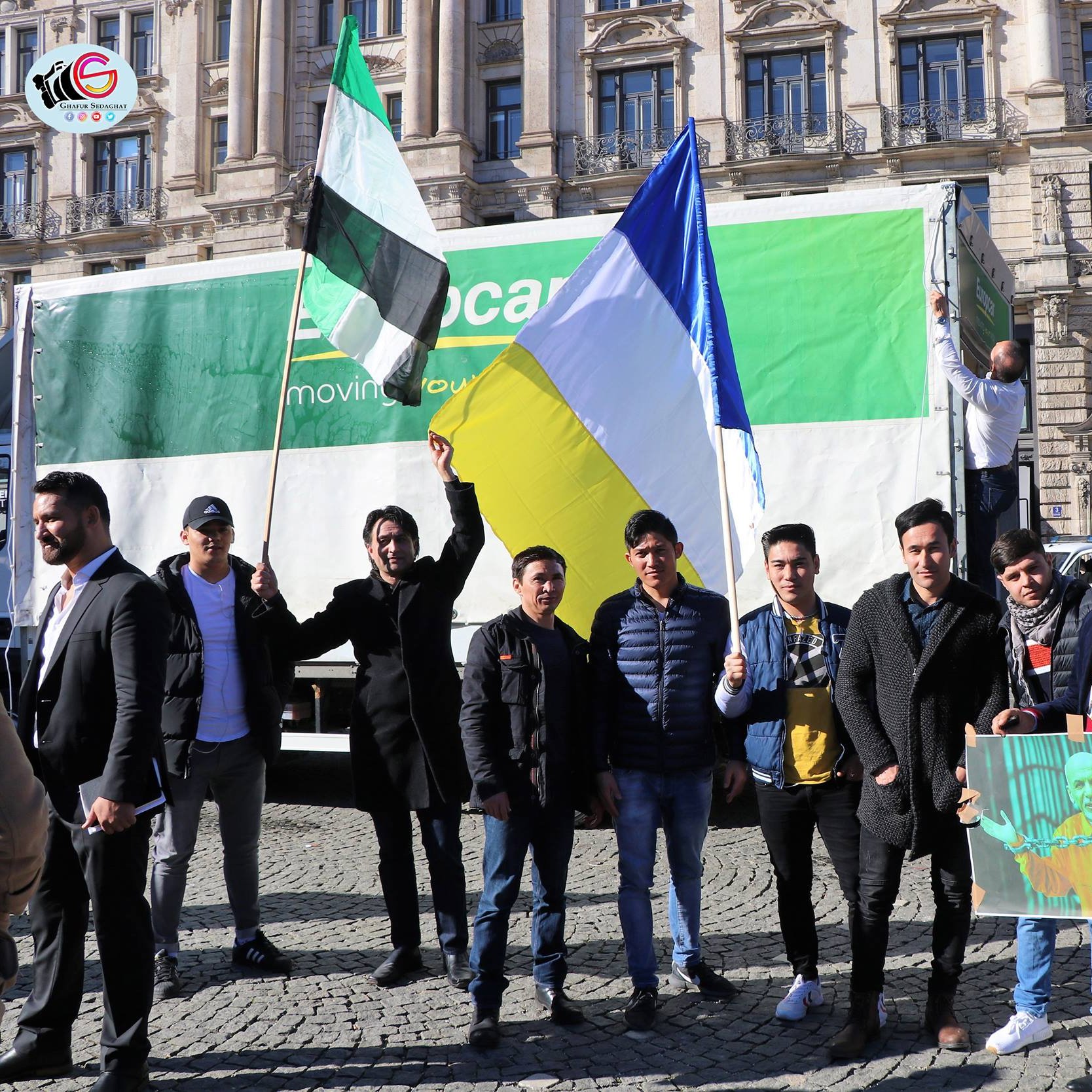
Munich Security Conference: Protest Against Talibanization, Pathanization, One-ethnic State, Ethnic Cleansing and Systematic Discrimination
Monday 18 February 2019 ,
